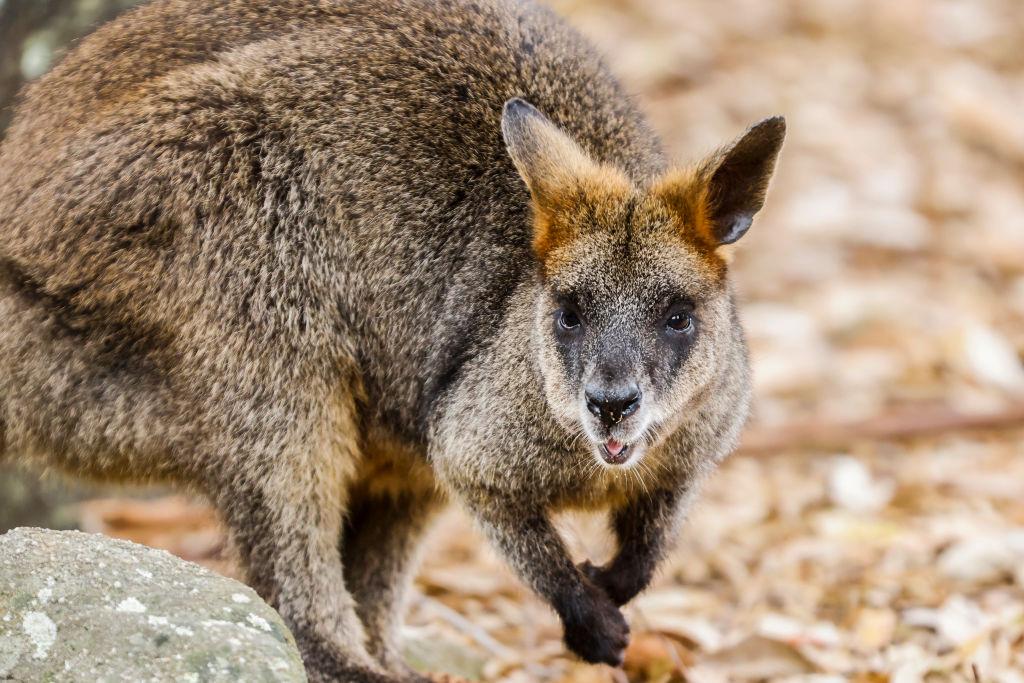Four wallabies smuggled to Vietnam will be transported to their new home in the country’s northwest region after authorities ruled out releasing them back to the wild.
On the morning of Nov. 8, residents found the first wallaby in the bushes on the outskirts of Cao Bang province in Vietnam’s rural north. They discovered two additional wallabies the following day on the street and on Nov. 11, forest rangers spotted the fourth one.




